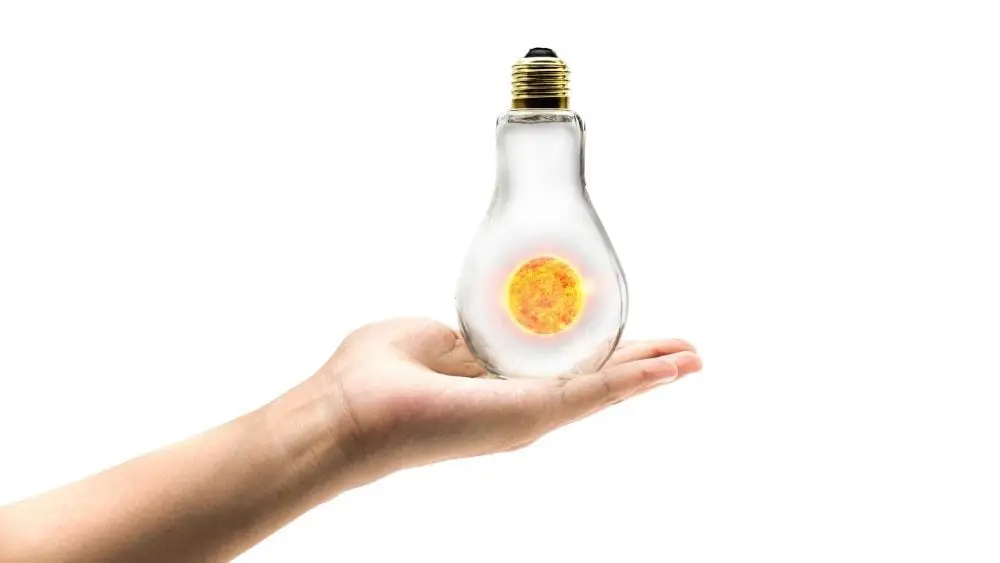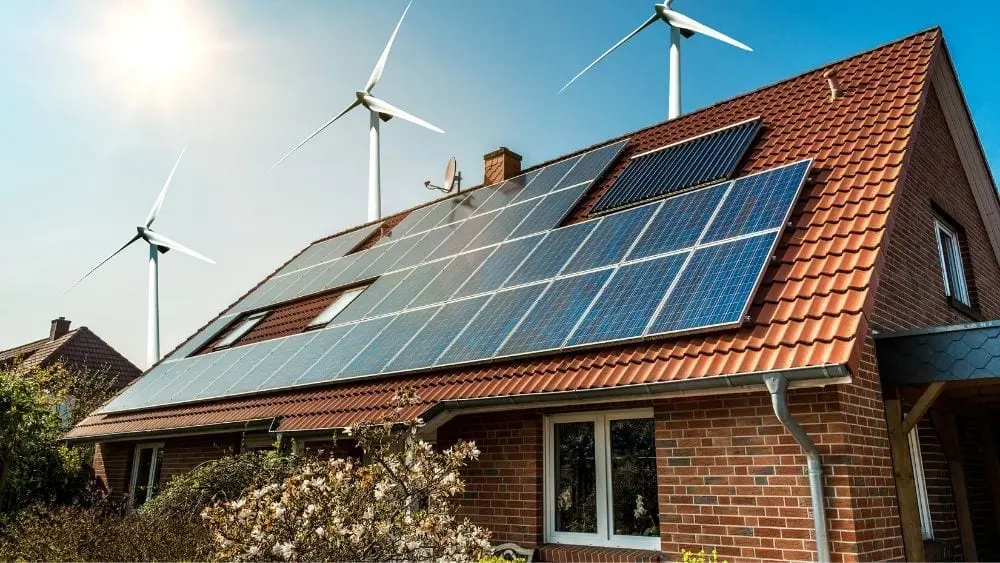
If you’re considering a life-defining move like trading in your urban lifestyle for rural living, there’s so much to consider. How will you get the most basic utilities such as electricity and water? You’ll find power generation for electricity is a primary concern for those seeking solace in the countryside.
The top rural energy sources gaining popularity year over year, are solar and wind power. Ryan Tollefsen, Unity Home Group and clean energy advocate says, “Renewable energy sources like solar and wind energy have experienced some incredible advances in the past several years.
The aforementioned has resulted in both lower overall costs for solar and wind power as well as more efficient use of the power provided by these green technologies. An increasing amount of people can benefit from these important high-tech energy solutions.”
Solar Energy

To transition away from fossil-fueled power to clean energy, home, and commercial properties are moving towards solar power generation. This type of clean energy cuts emissions and produces an energy stream that is sustainable and near infinite.
Would My Home Benefit From Solar Energy?
Your property is most likely in great shape to support solar energy panels if you can answer yes to the following:
- Own your home
- Have more than 100 sq. ft of open, unshaded roof space
- Your roof’s surface is in good condition
- You have a backup source for electricity
So How Does Solar Work?
There are two ways to convert solar energy into usable electricity. First, the solar panels connect directly to a power inverter and then to a utility company’s home grid to produce energy. Second, the solar panel connects an inverter to a battery then to the home power grid. These two methods convert solar energy into consumable residential energy while requiring access to an energy grid.
Actual “off-grid” living means you don’t have access to an energy grid. So, to build a strictly off-the-grid energy source, you will need extensive energy storage, an extra-large solar panel system, and a sufficient backup source when clouds block too much of the sun’s rays needed to power your home.
To find out what the cost of solar energy is in your area, visit news.energysage.com and enter your zip code.
Pros of Solar Energy
- Increases your property value
- Renewable
- Reduction in electric bills
- Diverse applications
- Low maintenance costs
Cons of Solar Energy
- High Cost
- Weather dependent
- Storage is expensive
- Panels consume a lot of space
- Source of pollution (manufacturing process, transport and install)
To learn more about the pros and cons of solar energy for residential use visit, Freshome.com.
Wind Energy

Continuing its growth trend into 2020, wind power is projected to generate 9% of the United States’ electricity, predicts the U.S. Department of Energy’s Energy Information Administration.
Paul Wesslund, a writer for the National Rural Electric Cooperative Association, says, “Wind’s popularity is propelled by the rising interest in renewable energy and improving technology, which has reduced the cost of wind power to about the same price as electricity generated from coal power plants. The federal Production Tax Credit has also driven wind development, and its pending expiration has led to a rush of new projects that will come online over the next few years.”
Is Wind Energy Right for My Rural House?
If you own your home, you can easily retrofit a wind turbine to any structure without changing wiring or appliances. Depending upon your locale, you may need to install a second utility meter.
How Does Wind Eenergy Work?
For an explanation on the inner workings of wind energy, we contacted Ben Arnold of AZO Cleantech. He says, “Electricity generated from a wind farm will travel to a transmission substation, where it is stepped up to a high voltage in the region of 150-800 kV. It is then distributed along the electricity grid power lines to the consumer.” Read more about collecting and storing wind turbine energy.
Pros of Wind Energy
- Improved technology has led to reduced cost
- Can generate energy 24/7 providing the wind is blowing
- Small turbines are available for residential use
- Access to a federal Production Tax Credit
- Innovators are working towards a battery solution to keep turbines turning without wind
- Produces energy without water use
Cons of Wind Energy
- Turbines are enormous and require an immense amount of space
- It’s a tricky power source during periods without wind
- Requires coal, natural gas, or other energy sources to produce electricity
- On par with the cost of coal energy
As of 2020, technology hasn’t reached the point where renewable energy sources—such as solar and wind—can replace the use of fossil fuels. However, there are signs that our gradual adoption of clean energy will continue to lower costs and increase the value of resources it produces.

Joanna Dorman is a freelance writer with over 16 years of experience creating interior design, home building, home improvement, and real estate content. Additionally, she has 15 years of field experience in the interior design industry and trained in interior design at the Art Institute of Houston.
 6 Things to Know About Homestead Exemptions
6 Things to Know About Homestead Exemptions